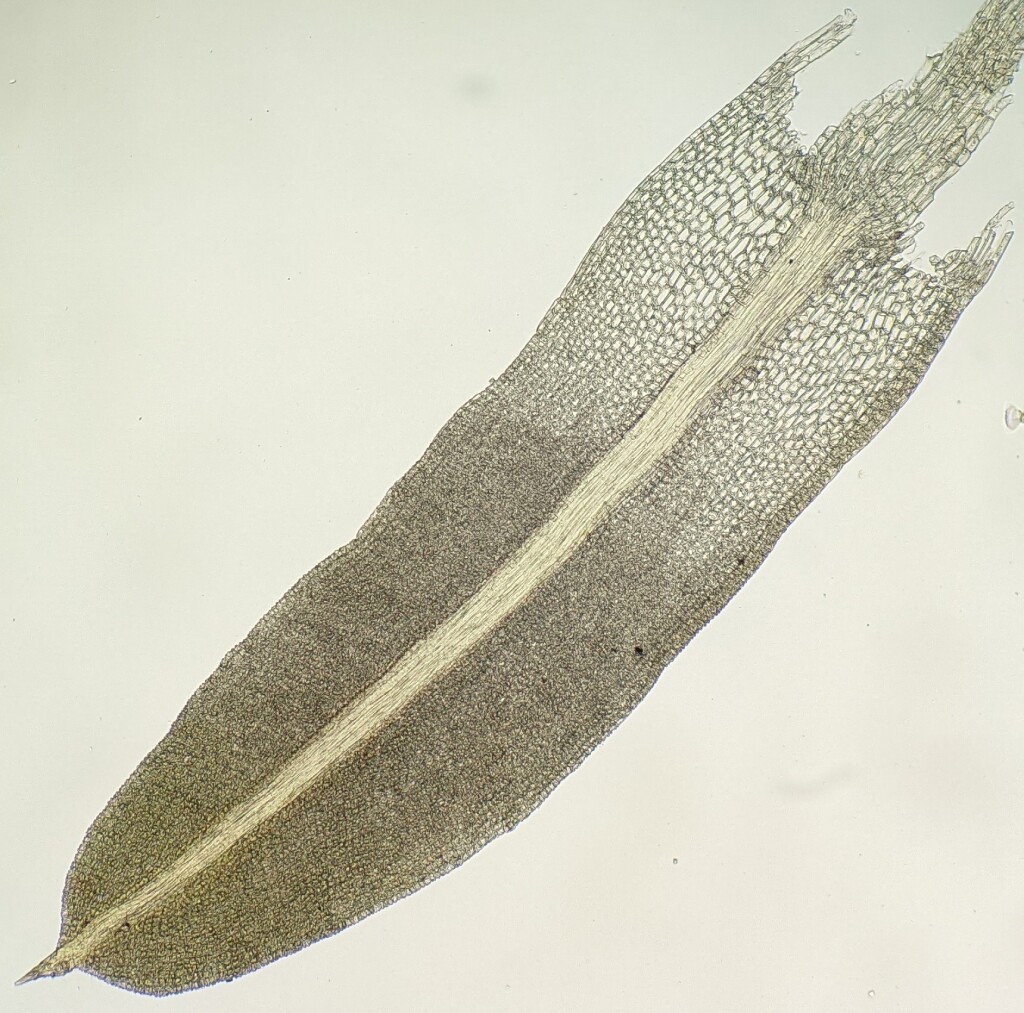Barbula unguiculata
Hedw.Stems 5–15 mm long, orange, not tomentose. Leaves patent when moist, twisted and incurved when dry, lingulate to lingulate-lanceolate, 1.3–2.2 mm long, 0.4–0.7 mm wide, concave to carinate; apex obtuse or rounded, apiculate; costa shortly excurrent; margin crenulated, recurved except near apex; laminal cells in apical half hexagonal, rectangular to quadrate at margin, isodiametric, (3.5–) 5–14 μm wide, papillose; basal laminal cells forming a distinct zone extending c. 1/3 of leaf length throughout between costa and margin, rectangular, shorter toward margin, 12–75 μm long, 7–18 μm wide, hyaline, smooth. Seta 8–15 mm long, reddish brown, twisted left. Capsule erect, narrowly ellipsoid, brown, 1.2–2.2 mm long, straight. Peristome strongly twisted. Operculum rostrate, 0.7–1.5 mm long.
Wim, GipP, Gold, CVU, GGr, EGU, HSF, HNF. Disturbed sites mostly around Melbourne but occasionally recorded near picnic areas, roadsides and townships elsewhere. Also WA, SA, NSW, ACT and Tas. New Zealand, temperate regions of the Northern Hemisphere and southern South America.
 Spinning
Spinning